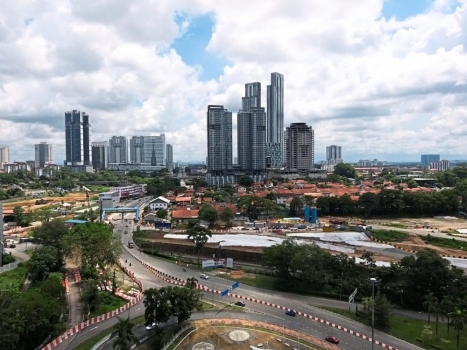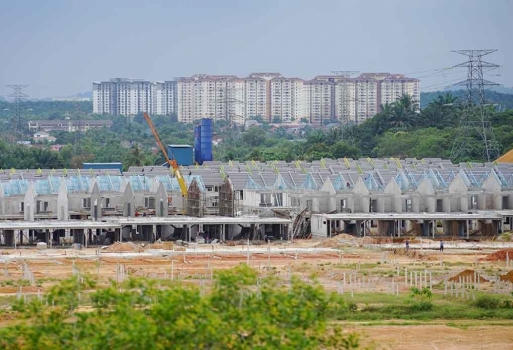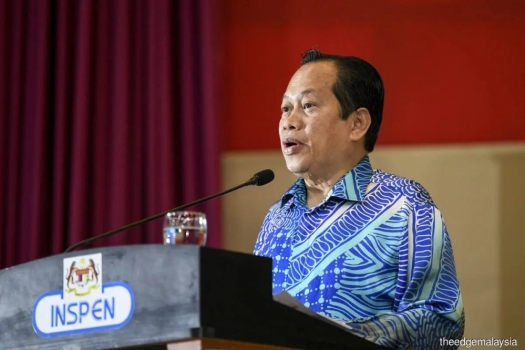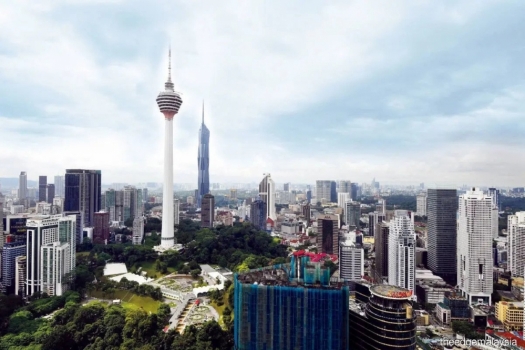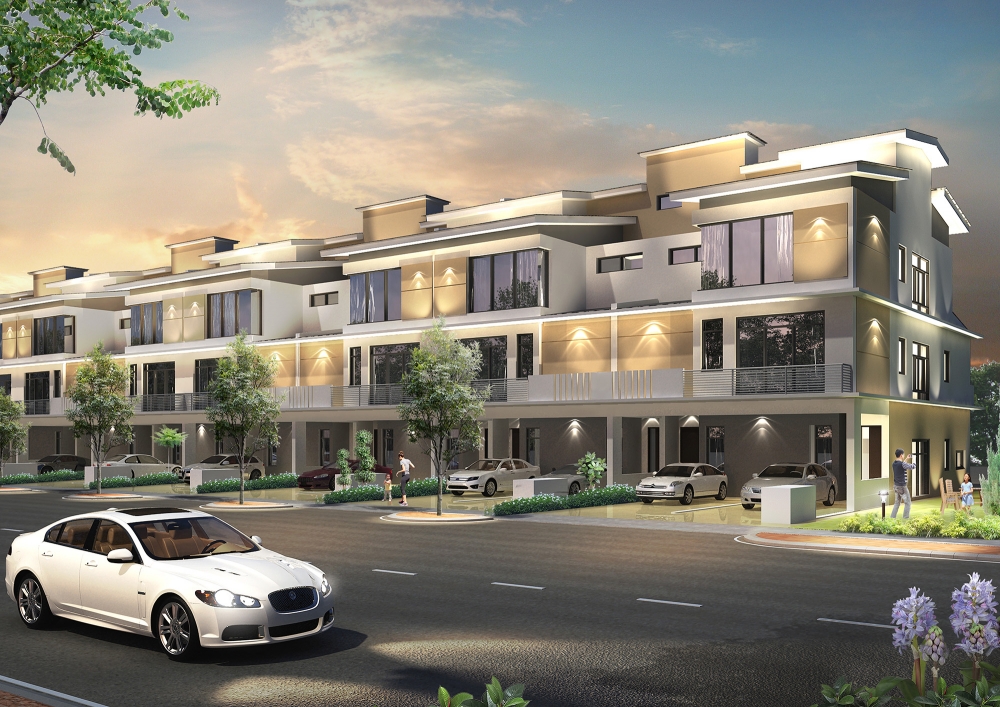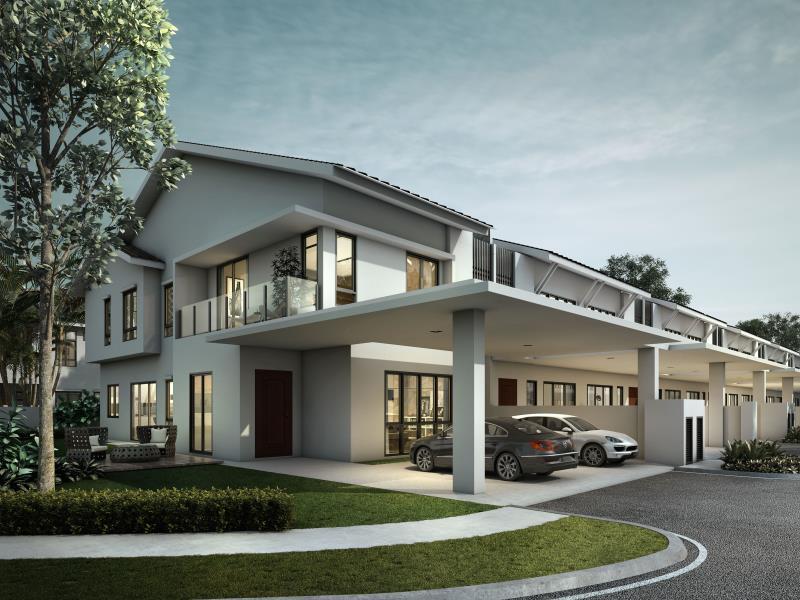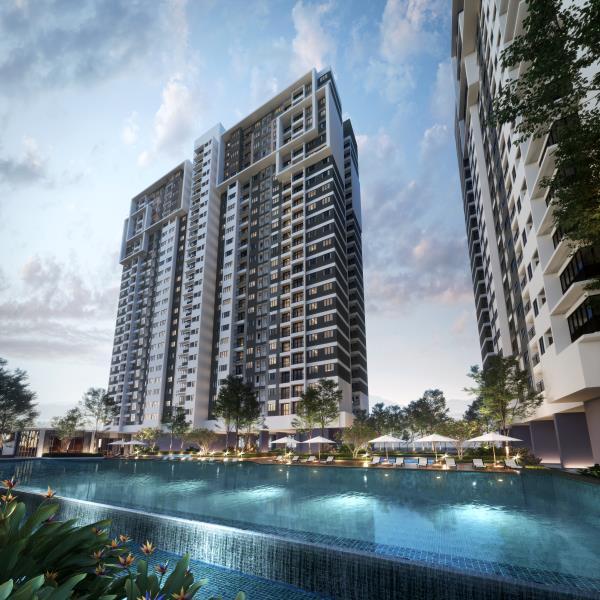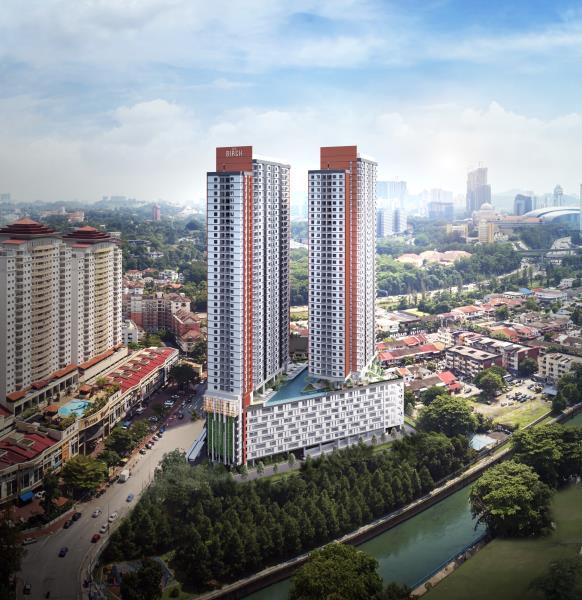Affordable Housing Is A Demand-supply Issue, Shortage To Touch 1 Million, Says BNM

KUALA LUMPUR, March 23 -- Access to affordable housing is more of a demand-supply issue which calls for a carefully designed strategy of policy intervention rather than the general perception of access to financing.
On the supply side, the housing market has not provided an adequate supply of affordable housing for the lower and middle-income households.
In 2014, the shortage of affordable houses was estimated to be 960,000 and set to increase to more than one million units by 2020, Bank Negara Malaysia (BNM) said in its Annual Report 2016 released here today.
"While there are multiple programmes by the private sector, Federal and state governments to supply affordable housing, the current level of house-building is not sufficient to meet demand," it said.
The issue of affordable housing reflects mainly the supply-demand imbalances in Malaysia, which worsened during the 2012 - 2014 period and secondly the effect of the supply shortfall on housing affordability was exacerbated by the slower increase in household incomes relative to house prices, said BNM.
A third factor which worsened the housing affordability issue was the trend in launching houses priced above RM250,000.
"While there were more launches during 2012 - 2014, the number of new affordable housing units for households earning the median income (below RM250,000) was fewer by 16,200 units per year since the period 2008 - 2009," it said.
The oversupply of higher-end properties beyond what households can afford resulted in a significant portion of these non-affordable properties remaining unsold, said the central bank.
Hence, it shrugged off perception of the lack in end-financing, saying that as at end-2016, about 56 per cent of loans outstanding were for houses priced below RM250,000, while loans for houses priced between RM250,000 and RM500,000 accounted for another 25 per cent.
Rejection rates for housing loan applications also fell further to 23.6 per cent in 2016 (2012 - 2015: 26.1 per cent). These trends are evidence that financing remained ample for eligible home buyers, it said.
Similarly, house builders continued to have access to bank financing.
Loans for real estate activities and residential property construction increased at a healthy rate of 11.7 per cent in 2016 (2012 - 2014: 18.5 per cent), reflecting the fewer property launches and incoming supply.
"The housing market in Malaysia has not been able to provide an adequate supply of affordable housing for the masses. This undersupply of affordable homes is likely to worsen, going forward, given the current trends in income and demographic factors," it warned.
Among the measures it listed to tackle the issue is by reducing costs associated with the development of affordable housing.
Implementing cost-saving and productivity-enhancing technologies would increase the speed and scale of delivery of affordable housing projects, going forward.
On the demand side, the development of the rental market to bridge the affordability gap could relieve some pressure on the government to build all of the affordable housing needed.
"This should be complemented by more innovative schemes to fund the delivery of affordable houses.
"As for end-financing, as in other countries, the central bank has introduced macro-prudential measures to deter speculative activity in the housing market and to avoid over-borrowing beyond one's means," the annual report said.
It is important to note that these measures do not, in any way, hamper access to financing for eligible borrowers including those who are first-time buyers.
"While the challenge of bridging the affordability gap is significant, the experiences of other countries show that using a creative mix of innovative and targeted policies was not unsurmountable," it added.

